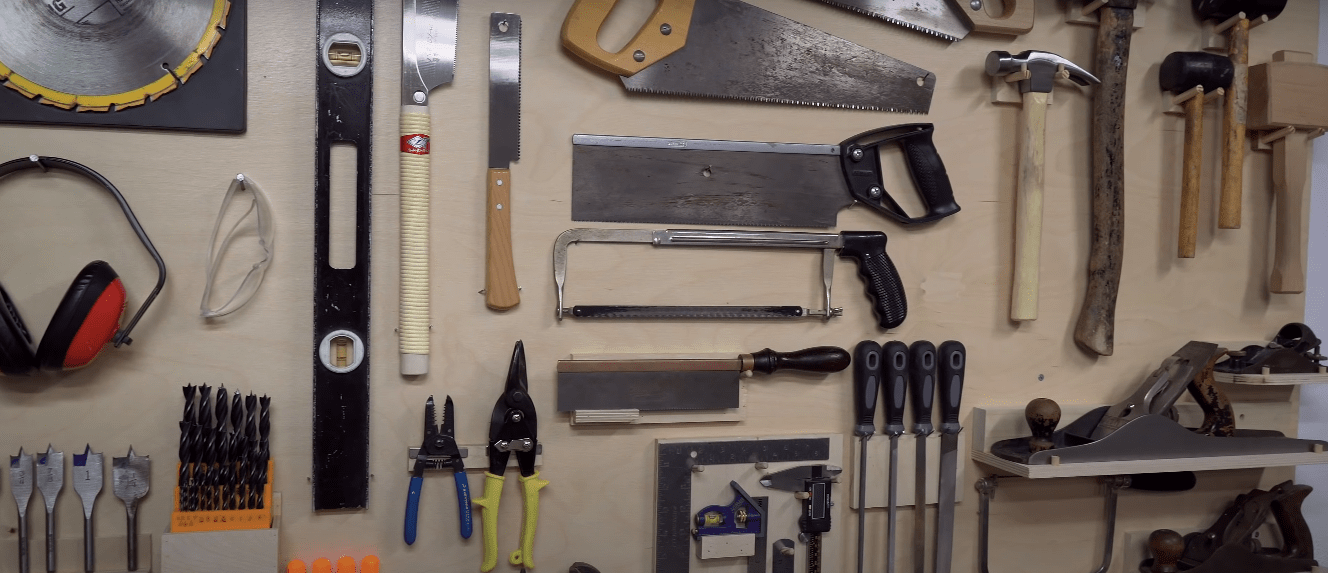Summary

Article Name
On-Site SEO
Description
On-Site SEO the same as On-Page SEO - is it practice includes unique, trustworthy, and authoritative content, fast loading, proper metadata, markup, correct URL, and website structure.
Author
Anna Mikhaylovskaya
Publisher Name
SEO Care
Publisher Logo


